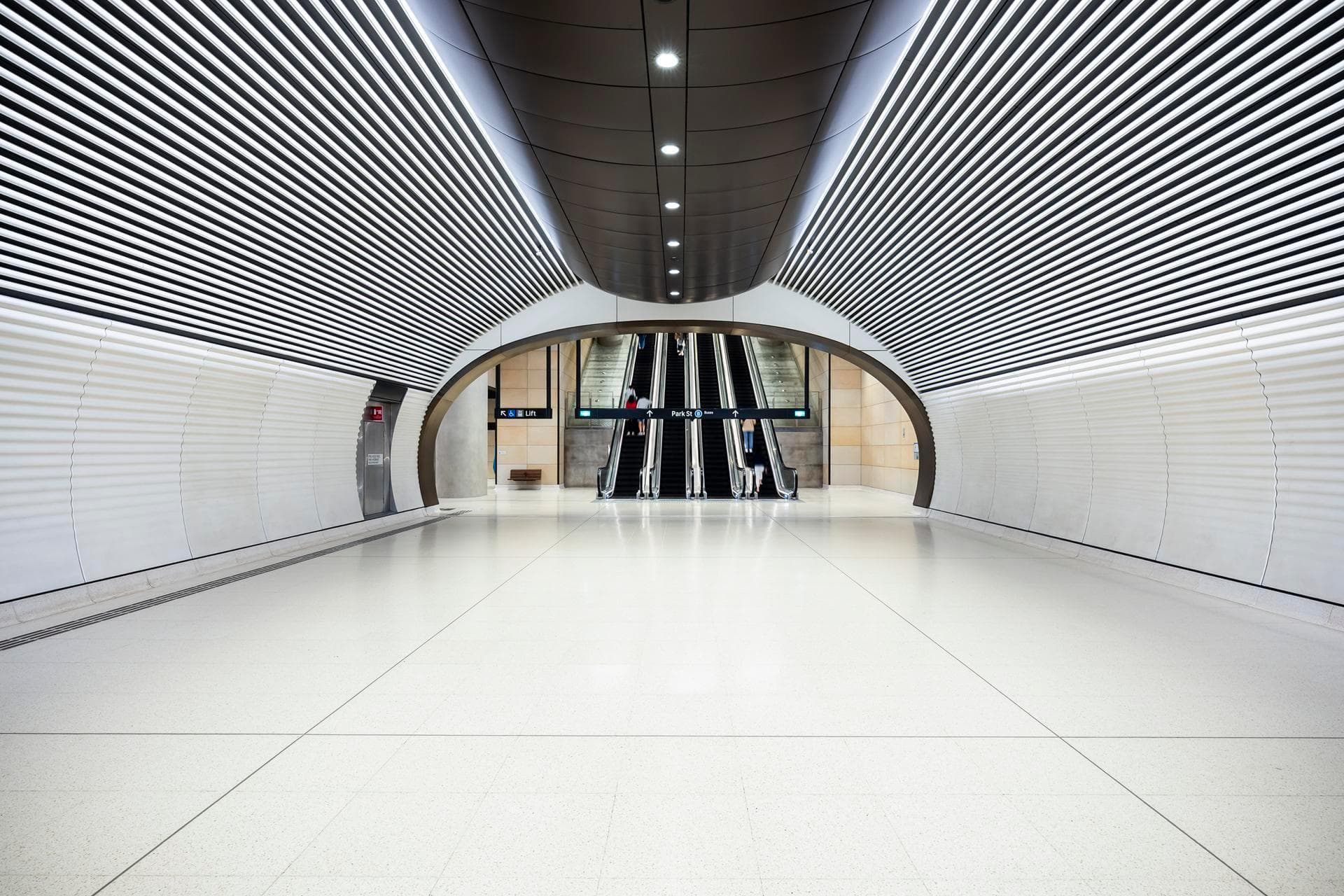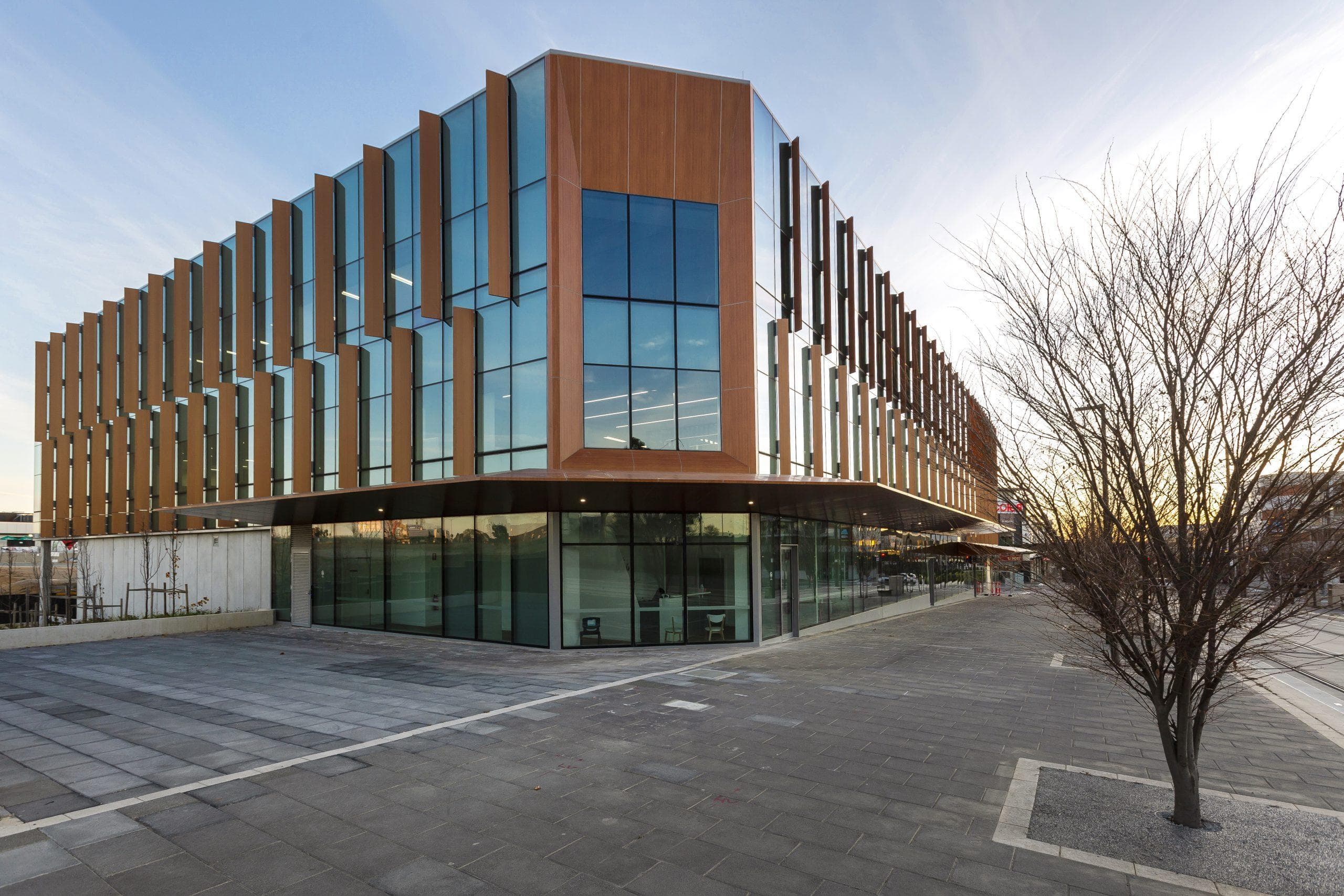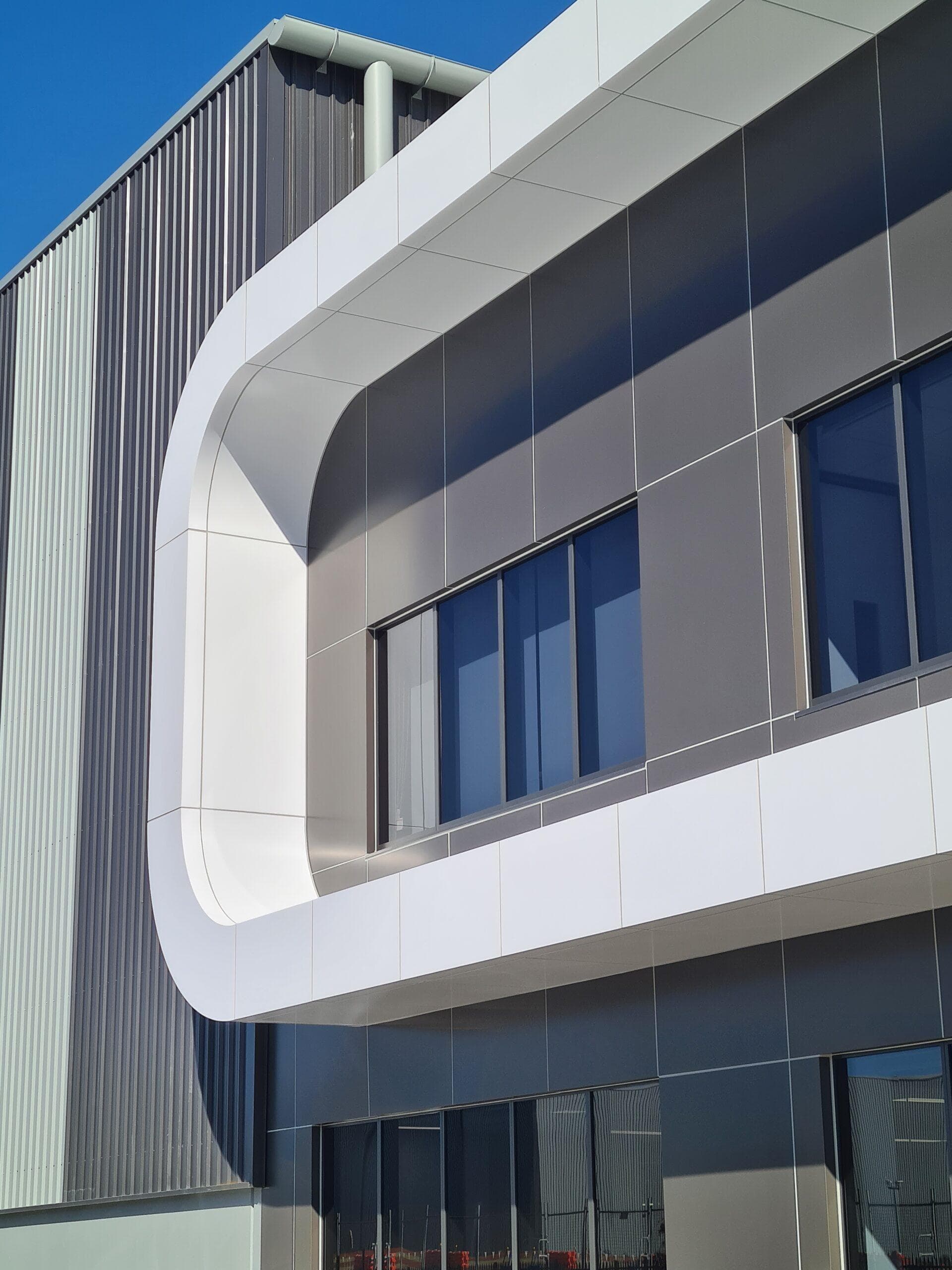Fire protection on building exteriors – How to de-risk facade selection
This white paper discusses the development of Project Remediate and examines the types of facade products that should be used when replacing combustible cladding and what requirements they need to meet, with a focus on fire safety, structural adequacy, durability, and weather tightness.
The use of combustible cladding on high-rise buildings has come under increased scrutiny ever since the Grenfell and Lacrosse tower fires. In the years following, the need for fully compliant Deemed-to-Satisfy non-combustible cladding materials has grown exponentially. In response, the New South Wales (NSW) government has created an important oversight panel for this issue, as well as a funding program called Project Remediate to help building owners who are required to replace combustible cladding on their residential buildings.
Fire Protection on Building Exteriors: How to De-Risk Facade Selection discusses the development of Project Remediate, and how it is helping building owners and designers identify fire-safe, fully compliant cladding and reduce risk during the facade selection process. In this paper, we look at what Project Remediate is and the role of the Cladding Product Safety Panel. We then examine the types of facade products that should be used when replacing combustible cladding and what requirements they need to meet, with a focus on fire safety, structural adequacy, durability, and weather tightness.
Network Architectural presents ALPOLIC™ NC/A1, a fully compliant aluminium cladding product that has satisfied all testing requirements for the Project Remediate recladding scheme. This product was introduced exclusively for the Australian construction market and has been scientifically proven to be the safest aluminium facade product in real-life fire tests around the world.
Related Articles

The Cladding Conversation: Facade Engineers Shouldn’t be an Afterthought
In this episode of Talking Architecture & Design, Total Building Engineering Solutions’ Mario Mey and Network Architectural’s Llewellyn Regler explore why engaging Facade Engineers early in a project is essential—not optional. From fire safety and waterproofing to the benefits of using ALPOLIC™ cladding, they discuss the evolving cladding landscape, the impact of the DBP Act, and the future of safe, high-performing facades.

The Case for Customisation: Getting the Most Out of Metal Ceilings
Custom metal ceilings are more than just a design statement—they’re a powerful tool for achieving acoustic performance, compliance, and long-term efficiency. This whitepaper explores how tailored ceiling systems can deliver practical, cost-effective outcomes while elevating architectural intent. Backed by Network Architectural’s expert-led Project Design Lifecycle, customisation becomes a strategic asset across every stage of your project.

Engineering Resilient Facades
Australia’s extreme climate demands durable facades that ensure safety, performance, and longevity. This whitepaper explores key compliance standards and material solutions, designed to withstand harsh weather and thermal expansion.
